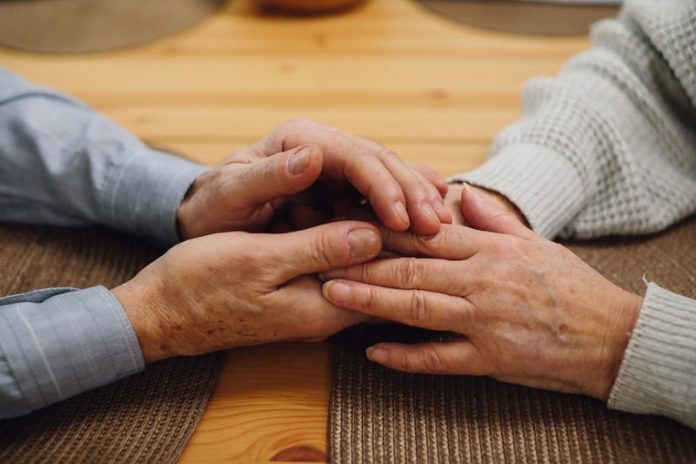
Parkinson’s disease is the most common neurodegenerative disease after Alzheimer’s disease.
It is characterized by psychomotor delay, rigidity, tremor, and changes in gait.
Nerve cell damage in the brain causes dopamine levels to drop, leading to the symptoms of Parkinson’s.
Parkinson’s often starts with a tremor in one hand. Other symptoms are slow movement, stiffness, and loss of balance.
A number of genetic factors have been shown to increase a person’s risk of developing Parkinson’s disease, although exactly how these make some people more susceptible to the condition is unclear.
Parkinson’s disease can run in families as a result of faulty genes being passed to a child by their parents.
There is still no treatment that can cure or modify the outcome of the disease, but there are many drugs and surgical treatments available to improve the symptoms.
In this video, several patients with Parkinson’s disease share their stories to the audience.
This video is created for educational purposes and awareness around different topics. Video may or may not be able to go fully in-depth in such a limited time. Please seek out a professional if you need help.
If you care about Parkinson’s, please read studies about why exercise may help treat Parkinson’s disease, and people with Parkinson’s may benefit from 7 walking strategies.
Source: Hospital Clínic de Barcelona (Shared via CC-BY)



